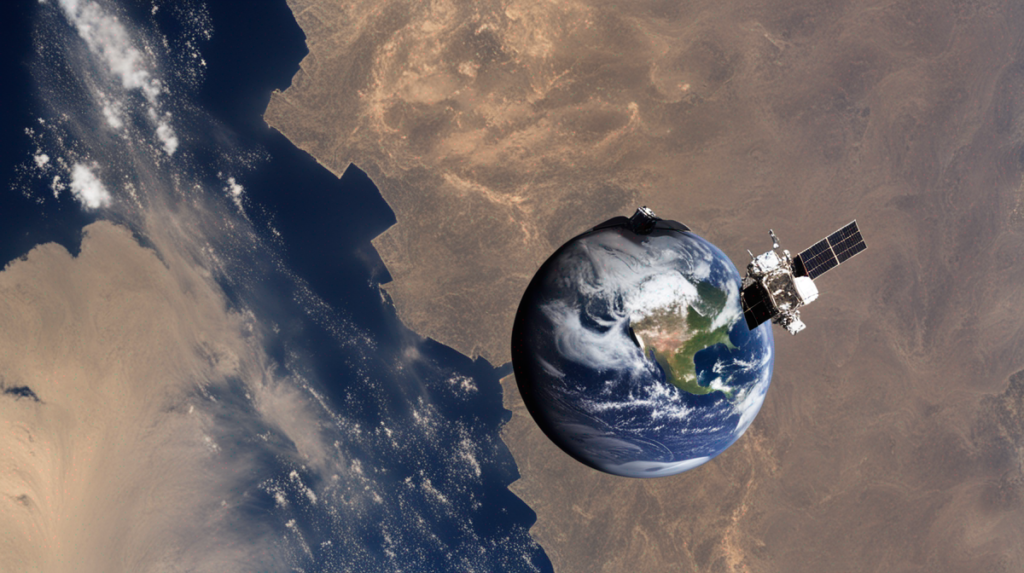In the modern age, as our dependence on technology grows, so does the number of satellites in space. However, this has led to an increase in space debris, posing a threat to both our planet and us. A neglected aspect of this growing problem involves the potential impact on global health and the environment.
The Growing Threat of Space Debris
Since the dawn of the space age, our orbit has increasingly been littered with debris. Dead satellites, spent rocket stages, and fragments from disintegration and collisions orbit the earth at high speeds, creating a hazardous environment for both crewed and uncrewed space missions. But it’s not just space that’s affected. These fragments, when they re-enter the earth’s atmosphere, could pose a direct threat to our health and safety.
Potential Health Risks
The health risks involved are two-fold. Physical harm upon re-entry of larger fragments is an apparent concern. But more insidiously, many of these fragments are made up of materials like heavy metals, chemicals, and radioactive elements. When these fragments re-enter the earth’s atmosphere, they can disperse these harmful substances in their fall. This could result in air and water pollution, leading to several health issues, including cancer, fertility problems, and mental health disorders.
(Read Also: Beneath the Cosmic Rays: Impacts of Solar Storms on Earth and Our Health)
Efforts in Space Debris Cleanup
Recognizing this threat, various space agencies and private companies worldwide are developing technologies and strategies to decrease and manage space debris.
Capture and Removal Systems
One of the foremost methods being explored for space debris cleanup is the development of capture and removal systems. Concepts range from giant nets and harpoons to robotic arms and even small satellites that use the debris’ momentum to move it towards the earth’s atmosphere, where it burns up harmlessly.
(Read Also: Cultivating Tomorrow: A Comprehensive Guide to Space Gardening and Its Impact on Health)
Laser Brooming
Laser brooming is another method under consideration. It involves ground-based or space-based lasers that can be used to alter the path of space debris, directing it towards the earth’s atmosphere where it will disintegrate.
Regulations on Space Debris Production
In addition to these cleanup efforts, there is a growing consensus on the need for regulatory policies to minimize the creation of space debris. Various international space agencies are implementing guidelines around end-of-life disposal of satellites to reduce the chance of collisions and the subsequent production of debris.
The Way Forward
The problem of space debris is intricate and multi-faceted. As we push the boundaries of space exploration and technology, we need to ensure that we also prioritize the health and well-being of our own planet. Rigorous efforts in space debris cleanup and regulatory reforms are needed to keep our orbit and planet safe. Preventing the problem at its source and innovative cleanup methods are the way forward.
It is indeed a global health issue that requires universal cooperation and solution-minded policies. As citizens of this global village, it is crucial to stay informed about such issues and contribute to their resolution in whatever way we can.

